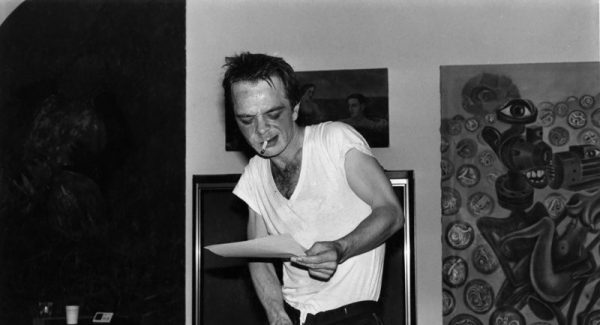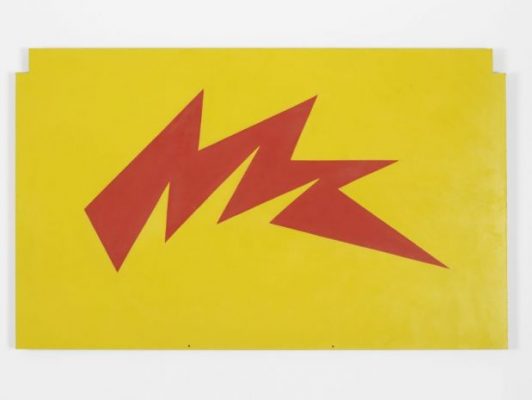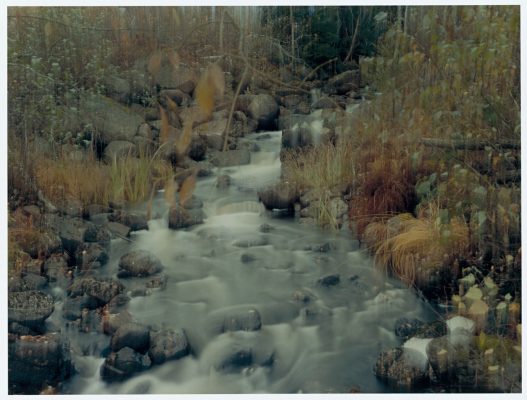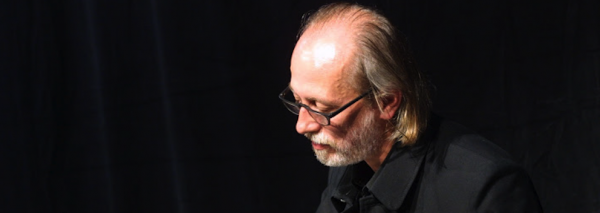In July 2015, T: The New York Times Style Magazine gathered twenty-eight ‘artists, writers, performers, musicians and intellectuals who defined New York’s inimitable and electrifying cultural scene of the late 1970s and early ’80s’, for a photo shoot entitled ‘They Made New York’. Among them were Philip Glass, Chuck Close, Susan Sarandon, Fran Lebowitz and DJ Kool Herc. Almost everyone smiles, except for one man in the middle, who carries the face not of a celebrant but of a survivor. This man is the writer, artist and filmmaker Gary Indiana.
Born Gary Hoisington, Indiana was raised in Derry, New Hampshire. At 16 he was accepted to the University of California, Berkeley, only to drop out shortly after. He would crash around various communes until he found his place among a group of filmmakers developing what became known as ‘narrative porn’ – smut with a storyline, which would come to resemble modern reality TV. In 1973, Indiana arrived in Los Angeles, where he was hired as a receptionist for an inner-city medical clinic and had access to ‘an endless supply of pharmaceutical amphetamines’. He took occupancy at the Bryson Apartment Hotel, a complex once considered ‘the finest apartment-house west of New York City’, and later made noir-famous by Raymond Chandler, who used it as a backdrop in his 1943 story ‘The Lady in the Lake’. By 1977 the Bryson was inhabited by junkies and dregs; Indiana, too, was falling apart. A near death experience sent him packing to Manhattan, a place that to him had already had its moment: ‘I didn’t come to New York,’ he points out, ‘until 1978.’
Defining Indiana by location, occupation or time is a tricky endeavour. In the early eighties, he acted in experimental films, put on plays and wrote art criticism for The Village Voice, before publishing his debut story collection Scar Tissue and Other Stories in 1987. His first novel, Horse Crazy (1989), in which an older male writer falls for a younger former junkie-turned-waiter, is set against the backdrop of an AIDS-ravaged New York. The writer character closely resembles Indiana, distilling his life into literature in a fashion that predates the work of Ben Lerner or Sheila Heti. This interest in documentation – of self or otherwise – characterises Indiana’s prose: for Indiana, merely living is a poetic statement.
Over the past decade Indiana has frequently decamped from New York to Havana, a place that features prominently in his first memoir, I Can Give You Anything But Love. So too does his time in Los Angeles, which he recollects with his trademark sardonicism. New York is notably absent, as are the many projects that would accredit him for the New York Times shoot. When I pressed him about their omission, he gave me a wry smile: ‘Why do you care?’
This interview took place last November in Café Lucien, in New York’s East Village. Beforehand, I’d Googled his image and found a man with short dyed blond hair dotted with leopard spots and wrapped in a black fur coat. In a sunlit corner, I found a much less intimidating figure sitting at the table nearest the sun-drenched windows. I introduced myself just as he bit into a slice of table bread. Rather than starting things off on the wrong foot, Gary took a moment to chew, sipped his water and smiled. He said, in a voice both friendly and slightly curled, ‘I’m ready to meet you now.’




